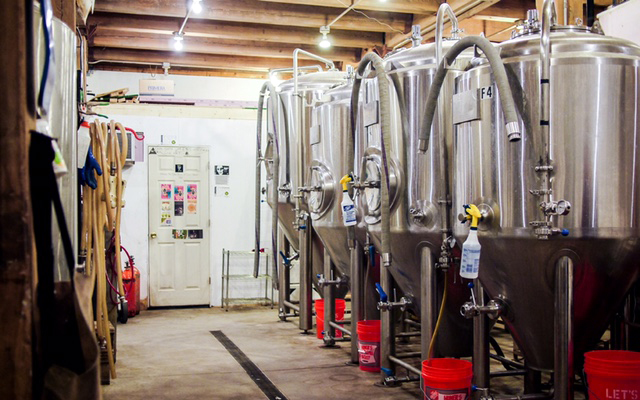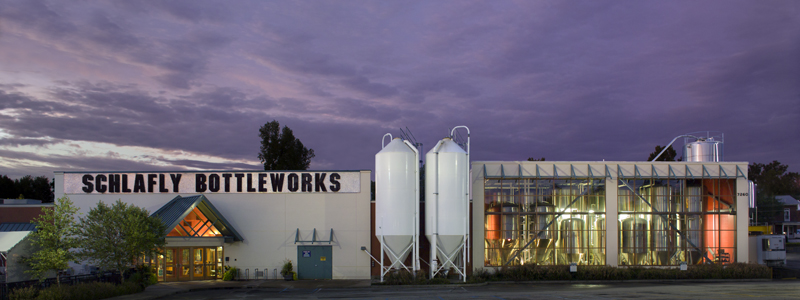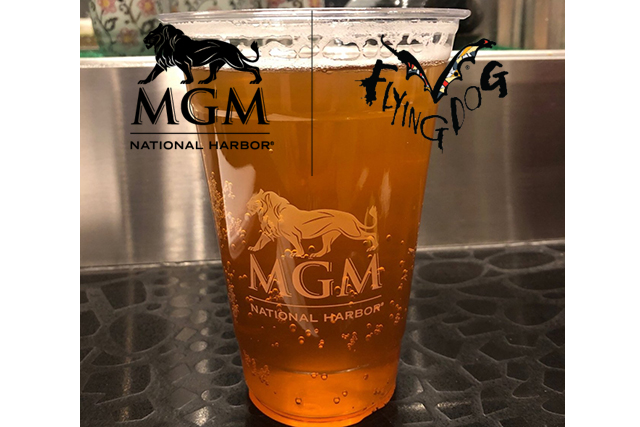
As breweries continue to push the boundaries of craft beer, the mixing and matching of hops, water, malt and yeast along with other flavors have produced a bevy of innovative beers.
Yeast can be a major driver in flavor and as the tip of the iceberg seems to just be what is out there now, keeping one strain away from the other is a primary concern when the same vessel is being used for multiple brews.
It was reported over the summer that sometimes quality and consistency can suffer among one or two batches out of the thousands done by American craft breweries. It can be human or even machine error that causes a problem.
“You need to invest in your business,” said Schlafly‘s Ambassador Brewer Stephen Hale as well as Lead Quality Assurance Specialist Matthew Murphy and Head of Brewing Operations Emily Parker in a joint emailed response to Brewer. “That means having a quality control lab that can test for things beyond sensory and physical chemistry. You need to be able to test for microbial as well.
“The investment goes beyond equipment, however. You need to have people running the lab that are educated and trained in the field. We are proud to have a lab team of three full-time scientists.”
Schlafly’s quality team in St. Louis is charged with monitoring many processes of brewing and packaging teams. The brewery used 10 yeast strains over its entire portfolio.
“When you put the investment in the people and equipment, the process piece come together naturally,” they said.
On a smaller scale, Illuminated Brew Works‘ owner Brian Buckman said the Chicago-based brewery used around eight strains, including Brett and other bacteria strains. Those batches use separate tanks, hoses and any rubber that makes contact.
Buckman stressed that best practices on sanitation and hygiene are needed
“Our wild and clean beer are in the same room so there is always room for trepidation, though we are very conscious of our footprints,” he said. “The use of separate post-ferm equipment is essential to getting a decent night’s sleep.”
Buckman added his team is ‘militant’ about yeast nutrient and running oxygen into the wort.
“The first step is always keeping your yeast as healthy and happy as possible,” he said. “From there we do periodic methyl-blue tests for viability and keep lots of records. We’re still small enough where monitoring fermentation and the results and activity of fermentation are my best methods of staying on top of things. The methyl-blue is a cherry on top to safeguard against wishful thinking.”






Be the first to comment